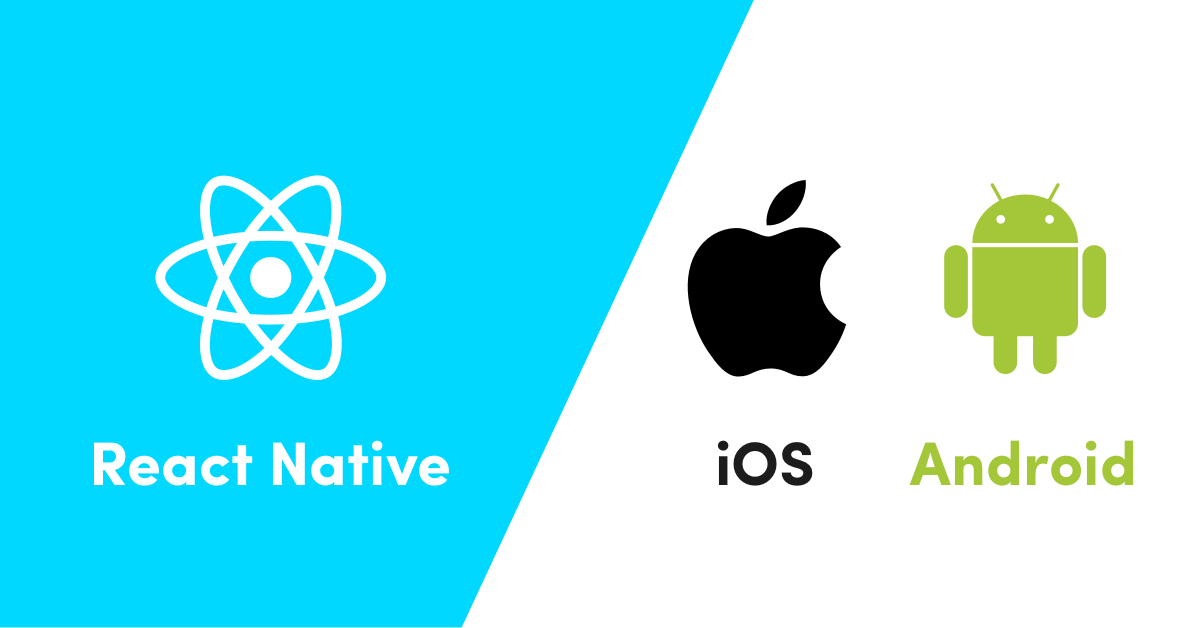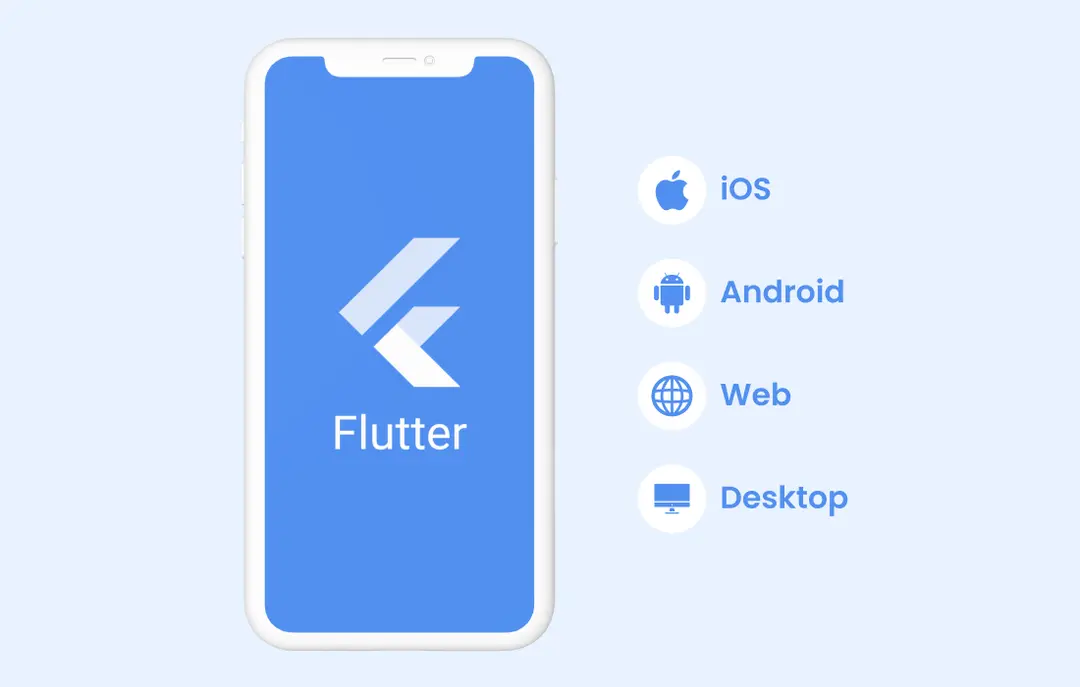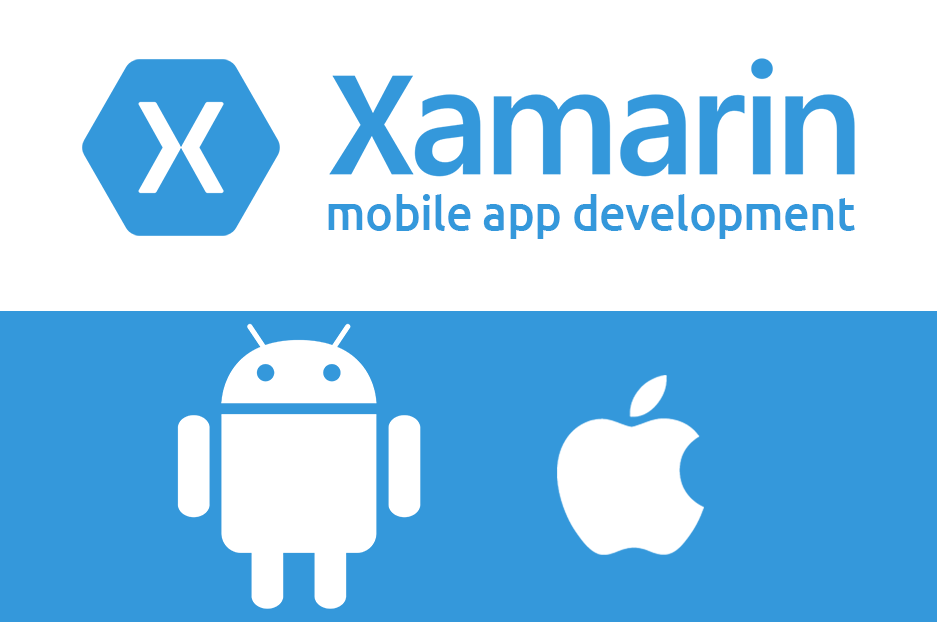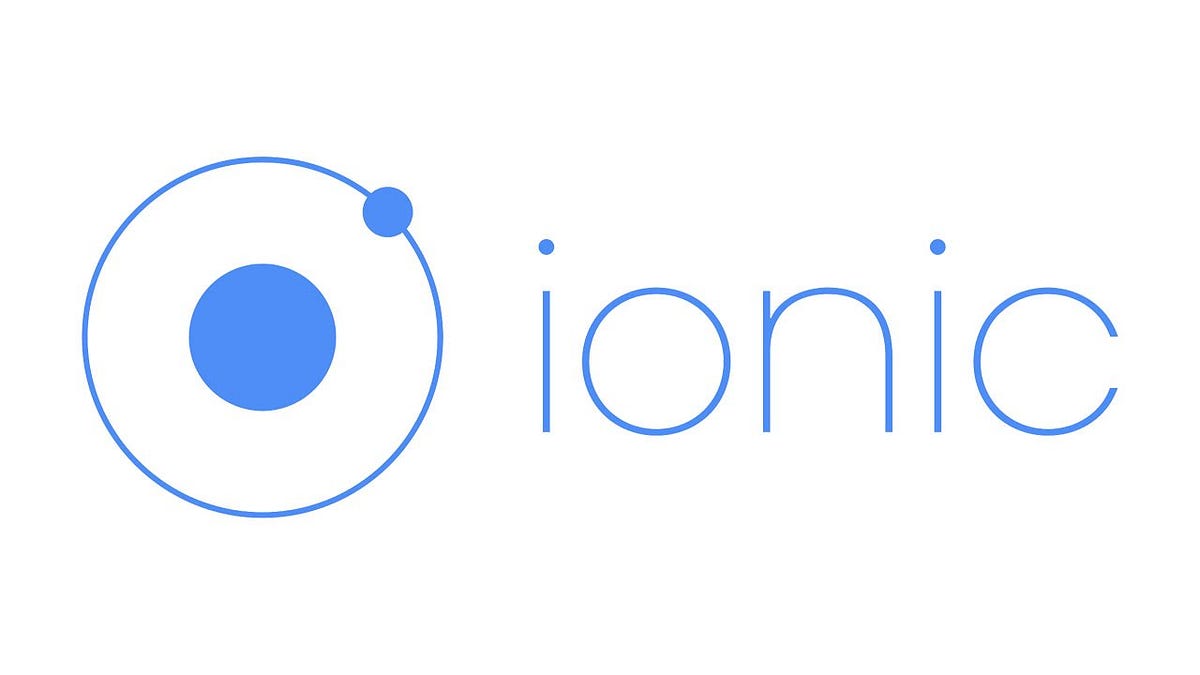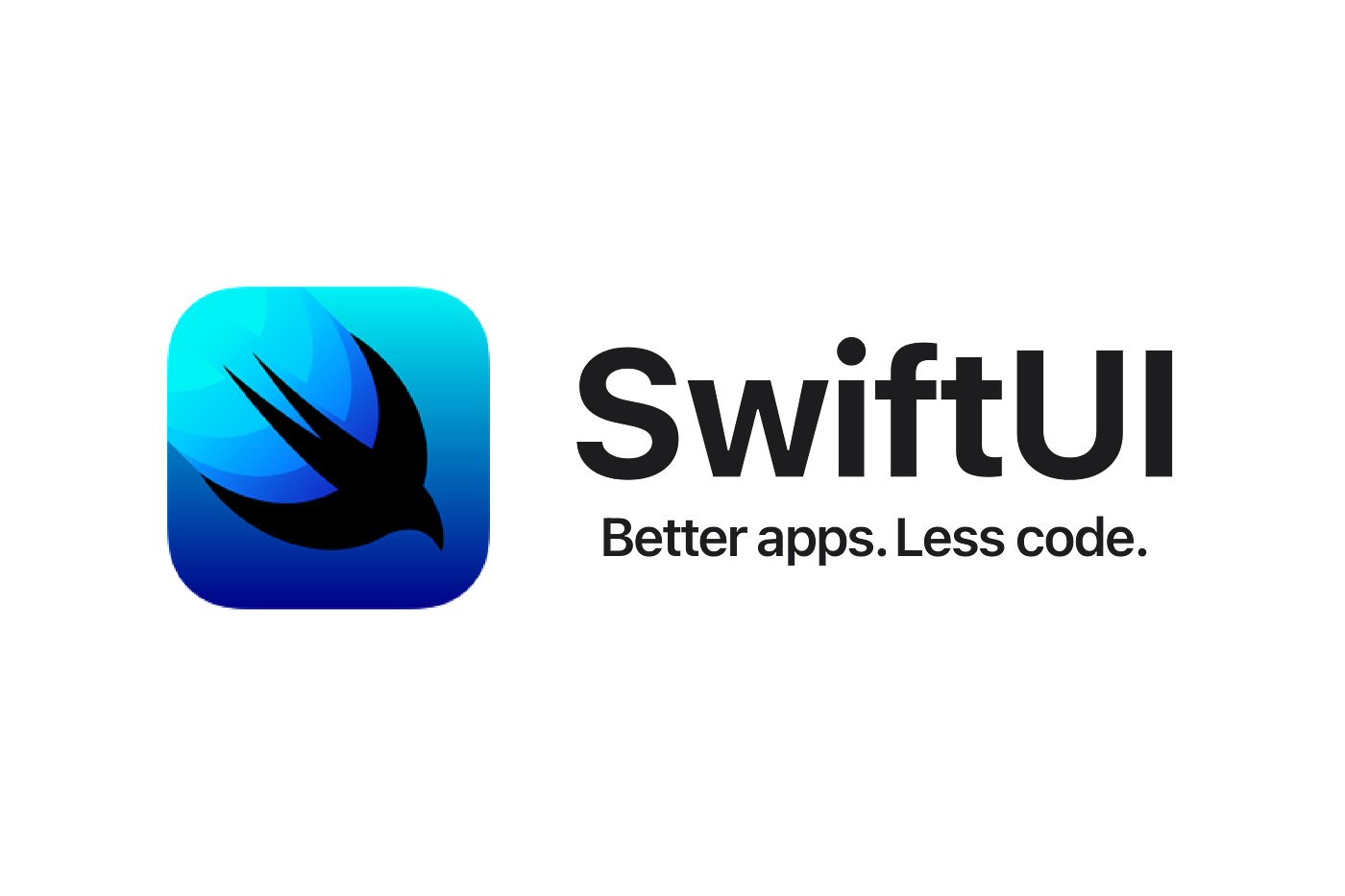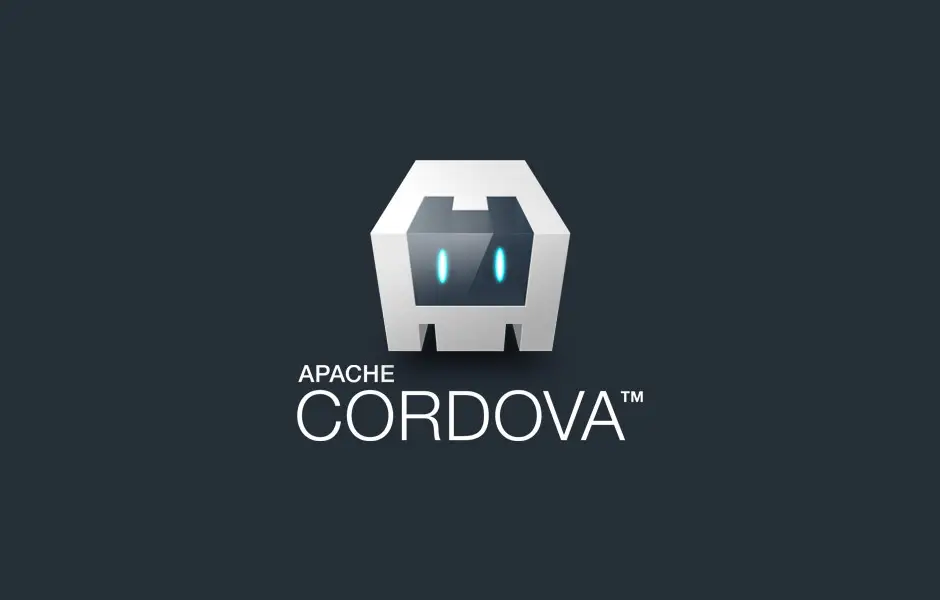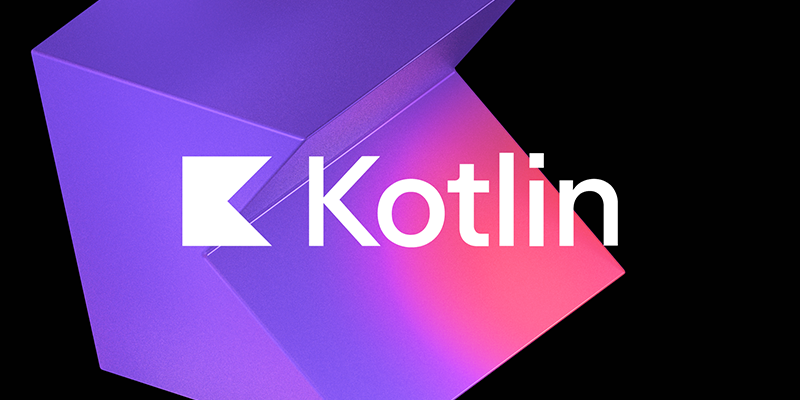Top 7 Best Mobile App Development Frameworks 2025
Mobile App Development is booming because it meets the demands of a connected, mobile-first society while offering businesses and developers the tools to create innovative, revenue-generating solutions. With the global rise in smartphone use, mobile devices have become the primary means of accessing the internet. Billions of people rely on their smartphones daily for communication, entertainment, shopping, banking, and more, driving a massive demand for mobile apps.
Mobile apps provide on-the-go access to services and products, offering unparalleled convenience. Whether it’s ordering food, checking emails, or managing finances, apps deliver fast, efficient, and personalized experiences directly in users’ pockets.
Here’s a short comprehensive summary of the Top 7 Mobile App Development Frameworks, along with their key strengths and advantages:
1. React Native
Overview: React Native is an open-source framework developed by Facebook, allowing developers to build mobile apps using JavaScript and React. It supports both iOS and Android platforms.
Strengths & Advantages:
- Cross-Platform Development: Codebase is shared between iOS and Android, reducing development time and costs.
- Hot Reloading: Developers can immediately see changes without rebuilding the app, speeding up the development process.
- Large Community: Being widely used, React Native has a large and active community, providing extensive libraries, tools, and resources.
- Native Performance: Provides near-native performance due to the ability to call native code.
2. Flutter
Overview: Flutter, developed by Google, is an open-source UI toolkit that enables the creation of natively compiled applications for mobile, web, and desktop from a single codebase.
Strengths & Advantages:
- Unified Codebase: Write once, run anywhere – Flutter allows for cross-platform development (iOS, Android, Web, and Desktop).
- Rich UI Components: Built-in Material Design and Cupertino widgets provide a rich set of customizable components.
- High Performance: Uses Dart language, which is compiled to native code, offering excellent performance.
- Growing Ecosystem: Backed by Google with strong support and continuous updates.
3. Xamarin
Overview: Xamarin is a Microsoft-backed framework that allows developers to use C# and .NET to create cross-platform mobile apps.
Strengths & Advantages:
- Single Codebase: Share code across Android, iOS, and Windows platforms.
- Native Performance: Xamarin uses native APIs, providing near-native performance.
- Integration with Microsoft Ecosystem: Works well with Microsoft’s cloud services, libraries, and tools.
- Strong Enterprise Support: Ideal for enterprise-level apps due to its robust capabilities and Microsoft support.
4. Ionic
Overview: Ionic is a hybrid app development framework using HTML5, CSS, and JavaScript, designed for building mobile apps with web technologies.
Strengths & Advantages:
- Web Technology-Based: Leverages web technologies, making it easy for web developers to transition into mobile app development.
- Cross-Platform Support: Build apps for iOS, Android, and the web with a single codebase.
- Extensive Library of Plugins: Ionic provides a rich set of plugins to access native device features.
- Strong Community: Active community support and a rich ecosystem of tools and extensions.
5. SwiftUI
Overview: SwiftUI is Apple’s framework for building user interfaces across all Apple platforms, including iOS, macOS, watchOS, and tvOS.
Strengths & Advantages:
- Native iOS Development: Built specifically for Apple devices, ensuring seamless integration and performance.
- Declarative Syntax: Simplifies UI design with a declarative syntax, making code more readable and easier to maintain.
- Live Previews: Real-time previews of the UI during development, improving the design and debugging process.
- Optimized for Swift: Direct integration with Swift, ensuring efficient and native performance.
6. PhoneGap / Apache Cordova
Overview: PhoneGap (now Apache Cordova) is an open-source framework for building mobile apps using HTML5, CSS3, and JavaScript.
Strengths & Advantages:
- Web Technology Based: Allows web developers to use their existing skills to create mobile apps.
- Cross-Platform: Supports Android, iOS, and other platforms with a single codebase.
- Access to Native Features: Provides plugins for accessing device capabilities (camera, GPS, etc.).
- Open-Source: Free to use, with a large number of contributors and community plugins.
7. Kotlin Multiplatform Mobile (KMM)
Overview: Kotlin Multiplatform Mobile allows developers to share code between iOS and Android while still writing platform-specific code for the UI and certain features.
Strengths & Advantages:
- Code Sharing: Share business logic, networking, and data layers across Android and iOS apps.
- Native UI Development: Still allows for full use of native UI components, ensuring performance and user experience.
- Kotlin Language: Kotlin is known for its conciseness, safety, and interoperability with Java, making it a modern alternative for Android development.
- Strong Ecosystem: Part of the Kotlin ecosystem, which is backed by JetBrains and Google.
Conclusion:
Each framework has its strengths depending on the project requirements:
- React Native and Flutter are great for cross-platform apps with a rich UI.
- Xamarin is ideal for enterprise apps with deep integration into Microsoft services.
- Ionic is a good choice for web developers transitioning into mobile.
- SwiftUI is best for those focused on iOS and Apple ecosystem apps.
- PhoneGap/Cordova is suitable for hybrid apps with basic functionality.
- KMM allows for code sharing while keeping native UIs, ideal for Kotlin developers.


